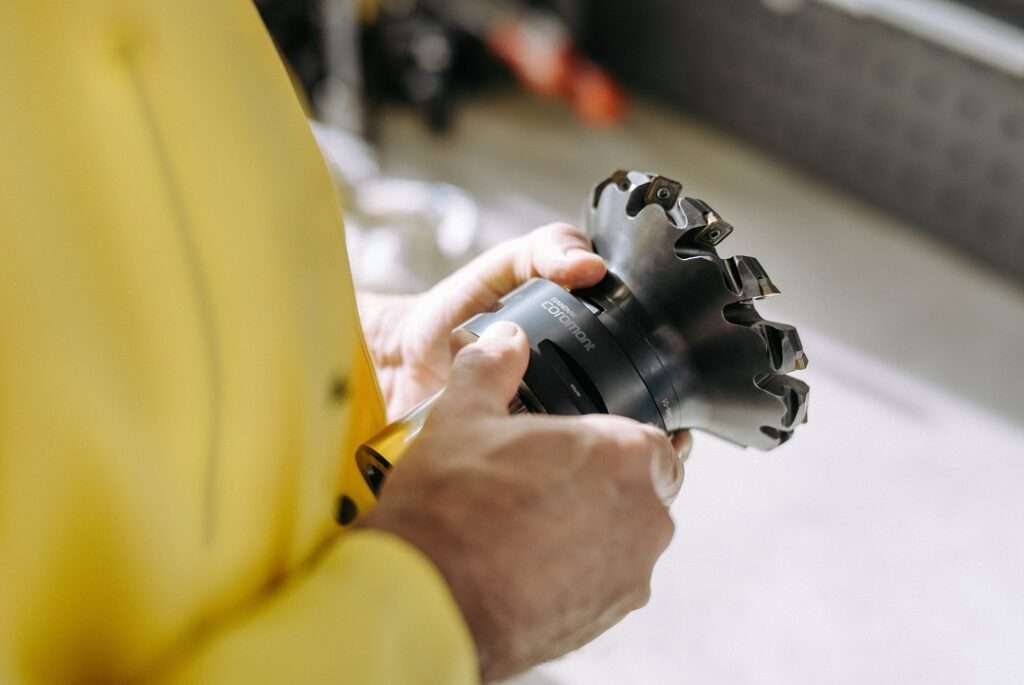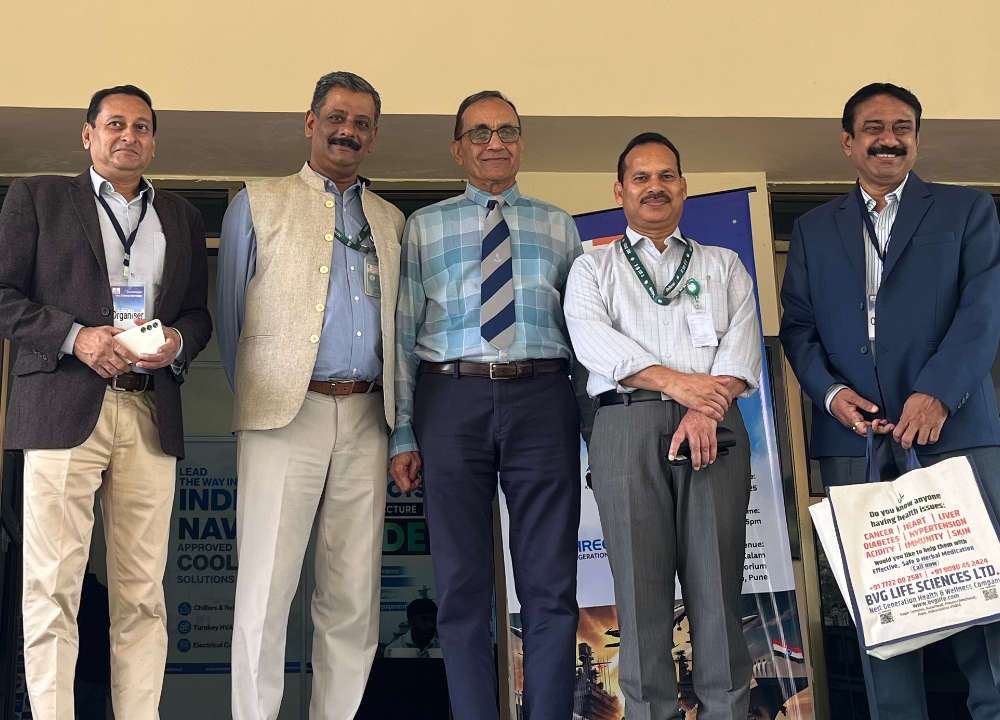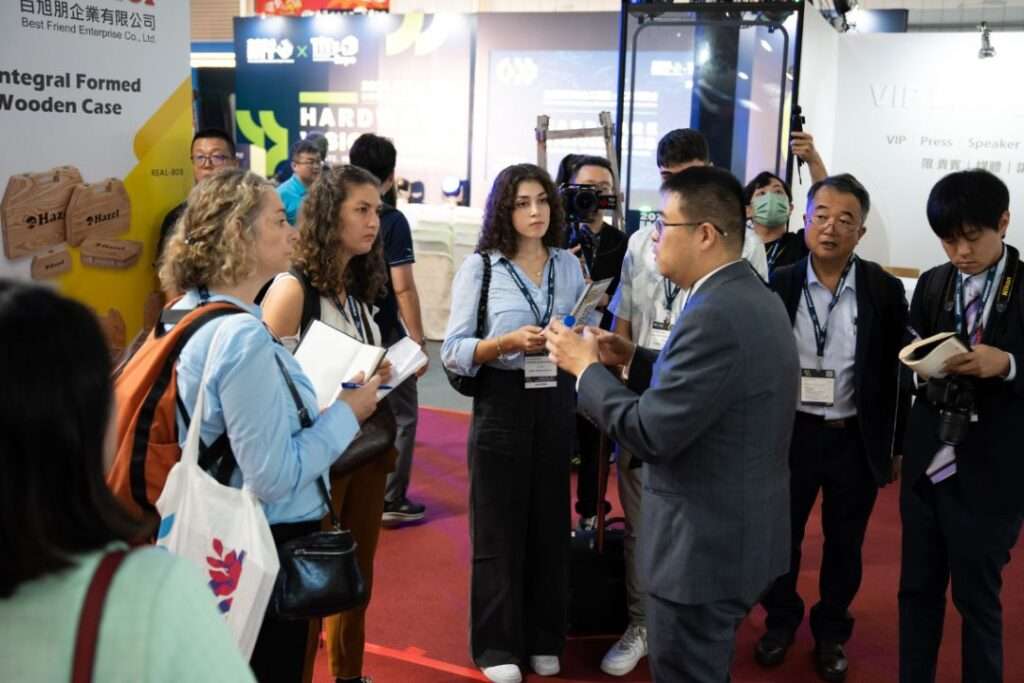There has been a lot of talk about women empowerment, schemes and opportunities are being rolled out. A lot of representations for equal opportunities. In my 30 years of manufacturing experience, I have seen varied involvement of women in the manufacturing, and though in certain regions and industries, women outnumber men – largely the engineering industries have very few women.
The pre-priming that women cannot handle manufacturing lowers their own confidence in manufacturing. Secondly, as traditionally the women are moving away after marriage, so the risk of involving them is higher. This is a work-life balance that gets affected. It requires a lot of rethinking on the basics.
When my friend Hari Shanker asked me to refer to a list of women entrepreneurs or leaders in manufacturing, the list became even smaller, and I had to run through my memory to identify a few whom I knew. It was not very easy. At the same time, I think we may need to look at why there are so few women in manufacturing and that too in the leading roles. I tried to put my understanding of reference, and the major factors faced by women to enter Indian manufacturing is Grooming, Societal Structure, Physical challenges, and Safety in the industry – the entire ecosystem.

Grooming: Are we keeping the option open from day one? Are we allowing them the space to experiment and check for themselves?
Societal structure: In Bhutan in a certain region, the man moves to a woman’s home and in other regions woman moves to a man’s home. This is a mindset change that may be needed and what is the reason for this structure, what could be the challenges in the change.
Physical challenges: All said and done the body structure may not allow being equal in all activities, and this needs to be acknowledged. Therefore, there will be a limitation in areas where women can actually work. It would be prudent to recognize the innate abilities – concentration, finesse and repetitive working (generally) v/s risk-taking, lateral thinking and challenging work abilities (generally) of men. Profiling would be a helpful tool to have the right selection.
Safety: We still have regions where women cannot walk safely on the road – there is a fear of rape or abuse. To work in the industry is as difficult, and the change in culture may be one of the biggest challenges ever.
In 2020 when we were looking at the possibility of women leaders who could be part of the Industrial Body Managing board at Anand, we could not find one. I looked back for the past 8-10 years, did not find a single woman on the board who has an election every 2 years, and 5 members get elected – I am talking of an industrial hub which is primarily in the engineering manufacturing industry. Approximately 800 industries are members of our industry association, and even in my campaigning for the election did not find one such woman in the engineering industry who was at the helm of affairs.
At the same time, it would be prudent to examine – is it only because we feel that the men think women should be at the helm or is it the demand of the women to be at the helm. And this to my mind has been a question I always look back to when we talk of women empowerment. From a broader perspective it would be men (including myself) who need to be educated about women empowerment, and allow them to explore, experiment and allow them the same space as they would have allowed any man, based on merits and not only on emotions. That to me would be true empowerment without giving a “name” to it.








